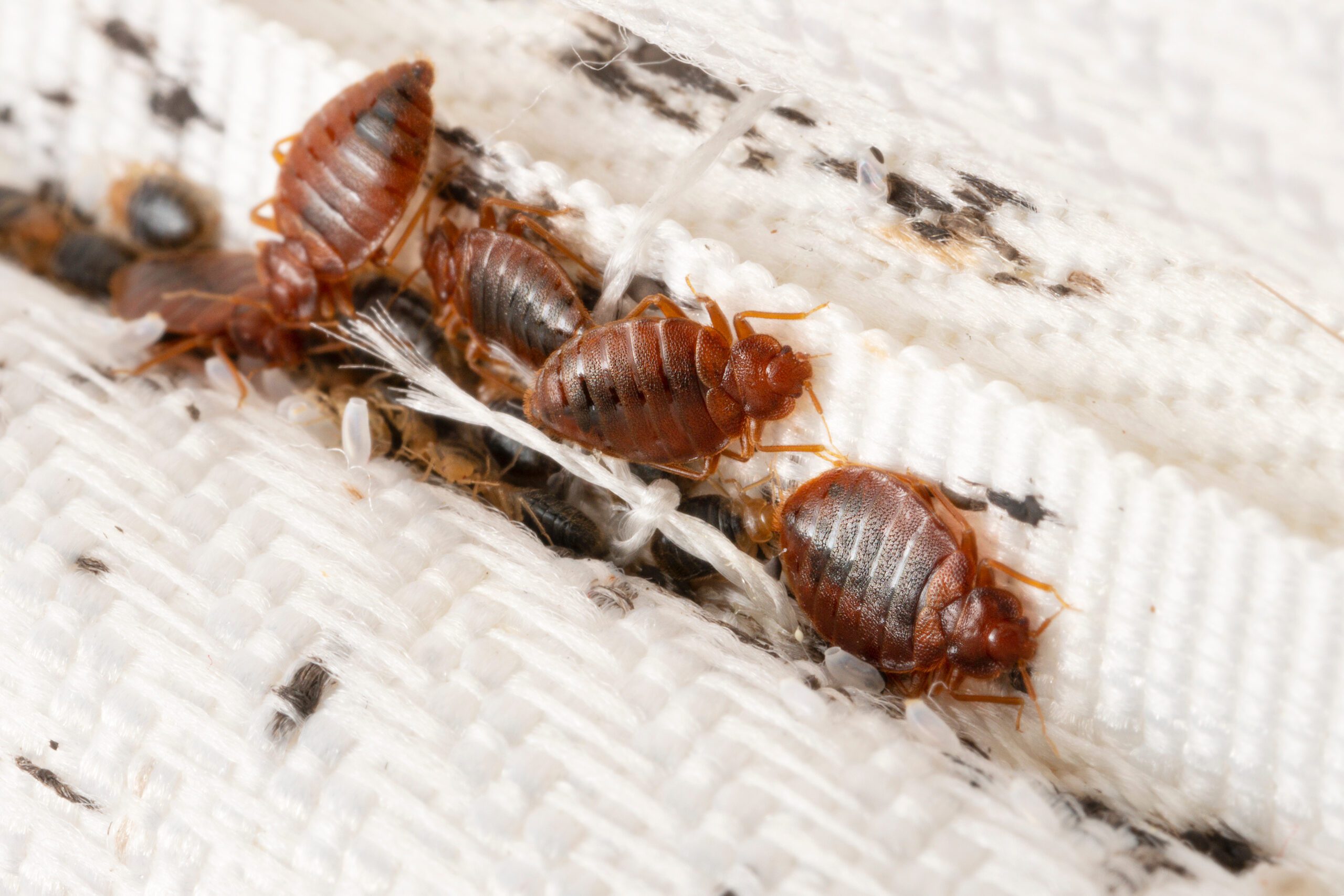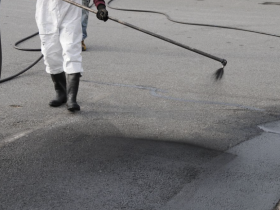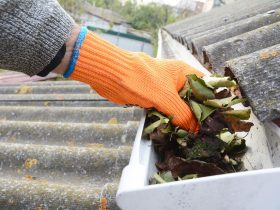Bed bugs are one of the most persistent and difficult pests to eliminate. Their small size, ability to hide in tiny crevices, and resistance to some treatments make them a major nuisance. If you suspect a bed bug infestation, acting quickly is crucial to prevent the problem from worsening. In this guide, we’ll discuss the most effective treatment options for eliminating bed bugs from your home.
Signs of a Bed Bug Infestation
Before beginning treatment, confirm that you have bed bugs. Here are the key signs to look for:
- Bite Marks: Small, red, itchy welts in a line or cluster on exposed skin.
- Blood Stains on Bedding: Small red or rust-colored spots from crushed bed bugs.
- Fecal Spots: Dark, ink-like stains on mattresses, furniture, or walls.
- Shed Skins and Eggs: Tiny white eggs or translucent exoskeletons in cracks and crevices.
- Musty Odor: A sweet, musty scent in heavily infested areas.
Once you’ve confirmed an infestation, it’s time to take action.
1. Deep Cleaning and Decluttering
One of the first steps in controlling a bed bug infestation is to remove their hiding spots.
- Vacuum Thoroughly: Use a vacuum with a HEPA filter to clean mattresses, bed frames, carpets, and furniture. Dispose of the vacuum bag in a sealed plastic bag immediately.
- Wash and Dry on High Heat: Launder all bedding, clothing, and fabric items in hot water (at least 120°F) and dry on the highest setting.
- Declutter Your Space: Remove unnecessary clutter to eliminate bed bug hiding places.
- Seal Cracks and Crevices: Use caulk to seal gaps in baseboards, furniture, and walls where bed bugs may hide.
2. DIY Bed Bug Treatments
If the infestation is mild, you can try these home remedies before calling professionals.
Heat Treatment
Bed bugs cannot survive extreme heat.
- Use a Steamer: Steam clean mattresses, furniture, and carpets with a steamer at a temperature of at least 160°F.
- Hot Box Treatment: Use a portable heating unit to treat infested items like shoes, books, or electronics.
Cold Treatment
Extreme cold can also kill bed bugs.
- Freeze Infested Items: Place small items in a freezer at 0°F for at least four days.
Diatomaceous Earth (DE)
- Use Food-Grade DE: This natural powder dehydrates and kills bed bugs on contact. Sprinkle DE around bed frames, baseboards, and furniture. Leave it for a few days before vacuuming it up.
Essential Oils and Natural Repellents
While not as effective as professional treatments, some essential oils may deter bed bugs.
- Tea Tree, Lavender, or Peppermint Oil: Mix a few drops with water and spray on infested areas.
3. Chemical Treatments
For a more aggressive approach, consider using insecticides.
- Residual Sprays: Apply bed bug-specific sprays to furniture, baseboards, and mattress seams.
- Aerosol Foggers (Bug Bombs): Use with caution, as they can cause bed bugs to scatter instead of killing them.
- Desiccants: Silica gel and boric acid powders can be used in cracks and crevices to kill bed bugs by dehydrating them.
Always follow product instructions and take precautions when using chemicals, especially around children and pets.
4. Professional Bed Bug Extermination
If home remedies and store-bought treatments don’t work, hiring a professional exterminator is the best option.
Heat Treatment
Professional exterminators use specialized heaters to raise the temperature of an entire room or home to 120°F–140°F, effectively killing bed bugs at all life stages.
Chemical Treatments
Exterminators apply industrial-strength insecticides that are more effective than store-bought options. Some may also use fumigation methods for severe infestations.
Integrated Pest Management (IPM)
A combination of heat, chemicals, and preventative measures to ensure long-term bed bug control.
5. Preventing Future Infestations
Once you’ve eliminated bed bugs, take steps to prevent a reinfestation:
- Use Bed Bug Mattress Encasements: Protect your mattress and box spring from future infestations.
- Regularly Inspect Your Home: Check for early signs of bed bugs, especially after travel.
- Be Cautious with Secondhand Items: Inspect used furniture and clothing before bringing them home.
- Reduce Clutter: Fewer hiding spots make it harder for bed bugs to establish a presence.
Final Thoughts
Getting rid of bed bugs requires persistence, thoroughness, and often a combination of treatment methods. While DIY methods can help in mild cases, professional treatment is often necessary for severe infestations. By following these steps and remaining vigilant, you can eliminate bed bugs and prevent them from returning.
If you’re dealing with a bed bug infestation, don’t wait—contact a professional pest control service today for expert assistance! We recommend bed bugs exterminator nyc.











